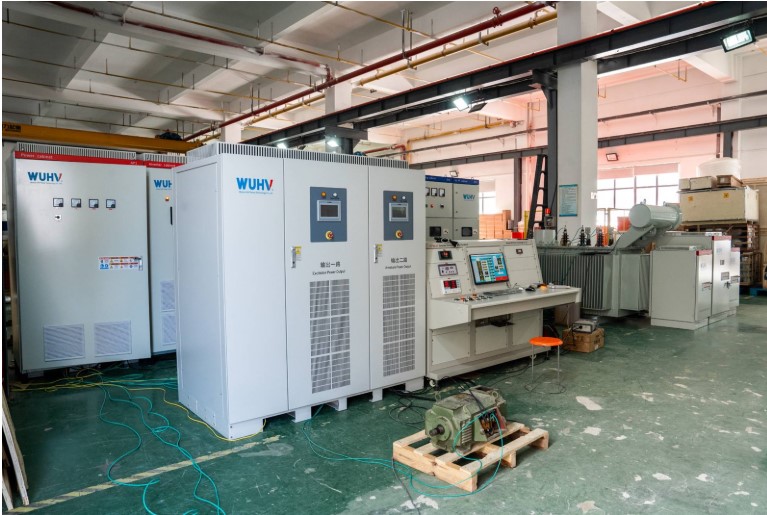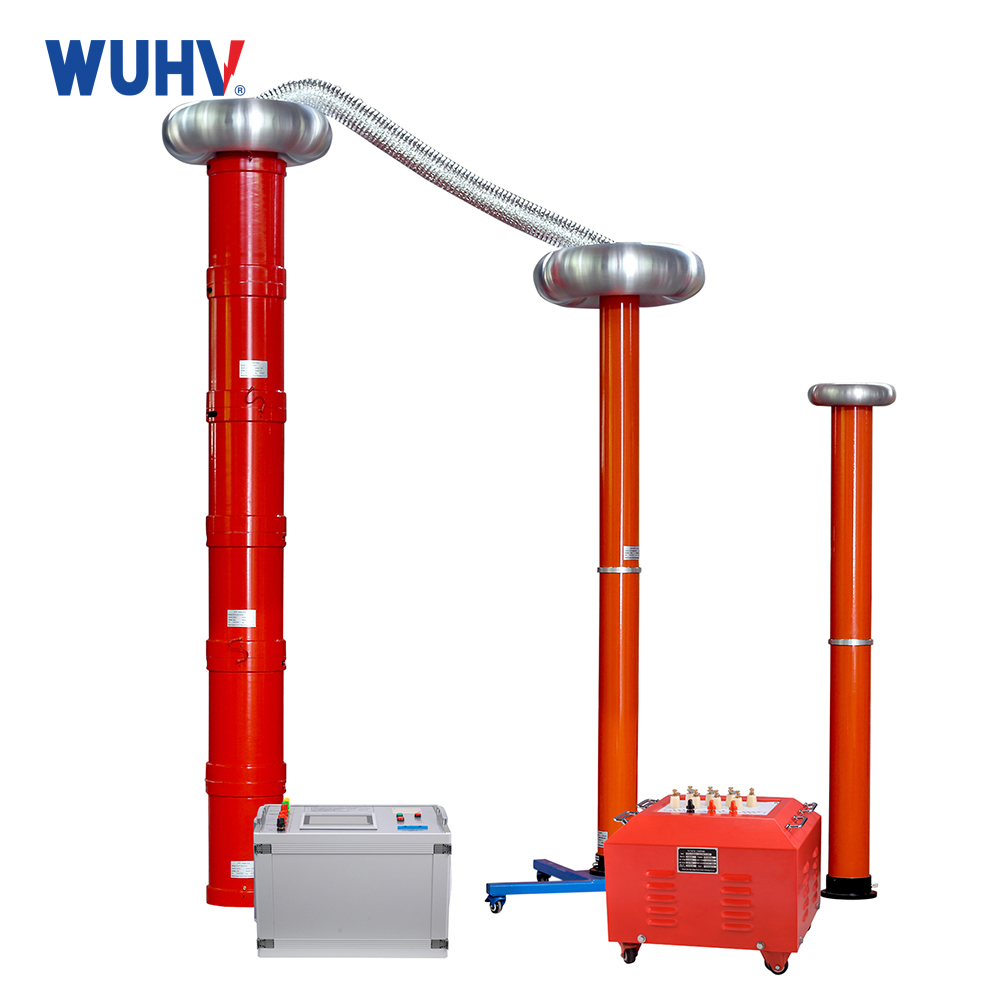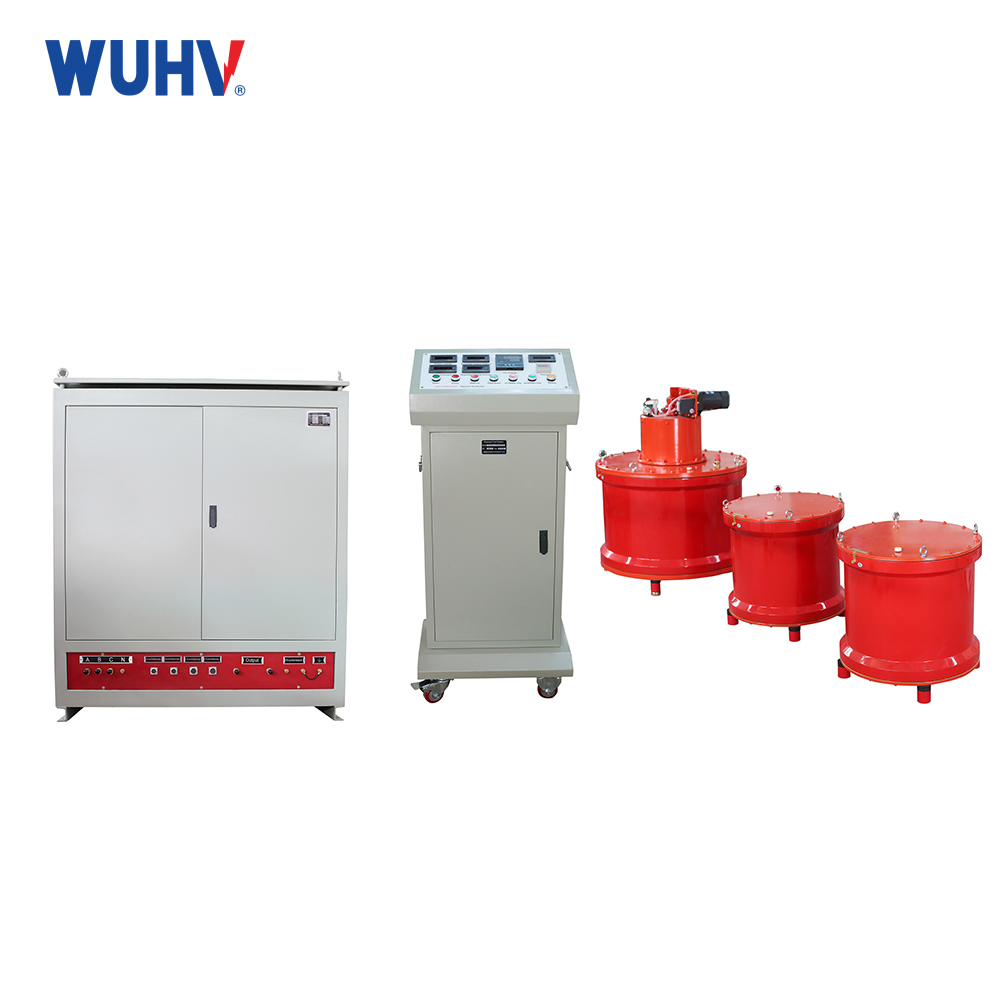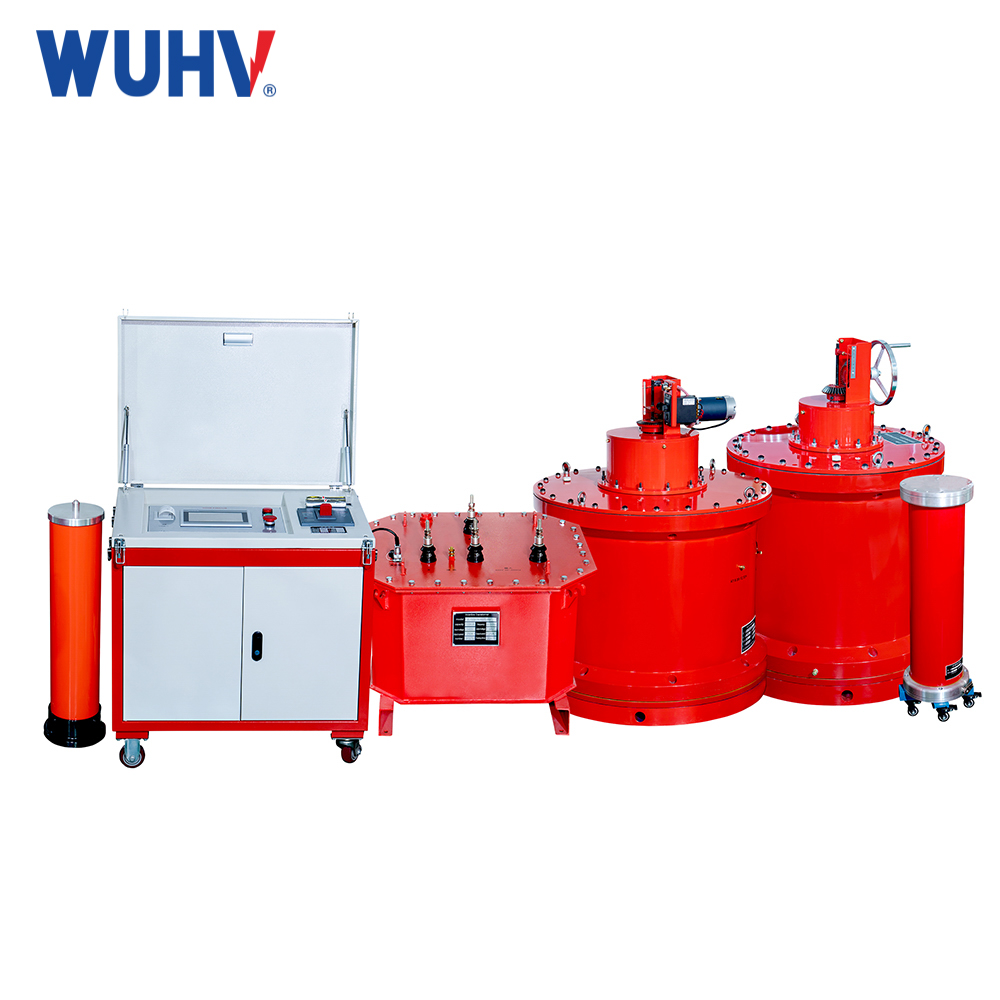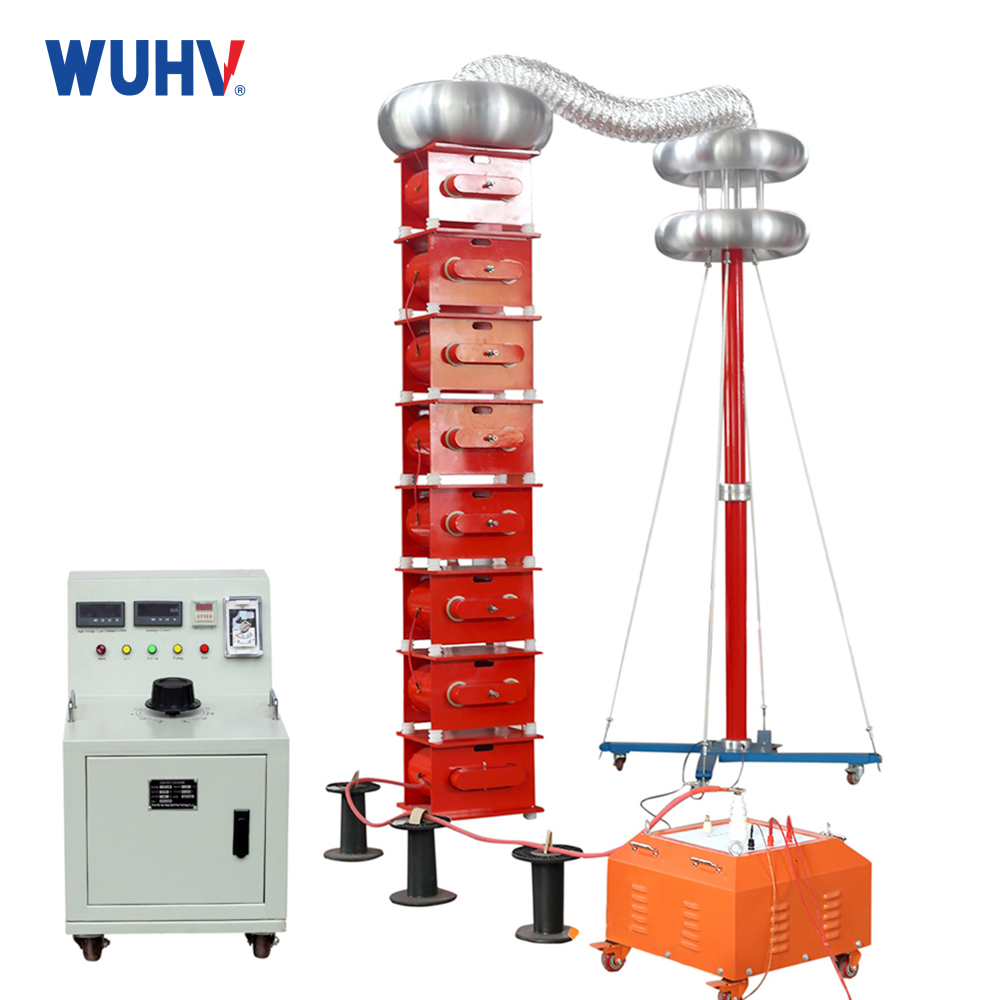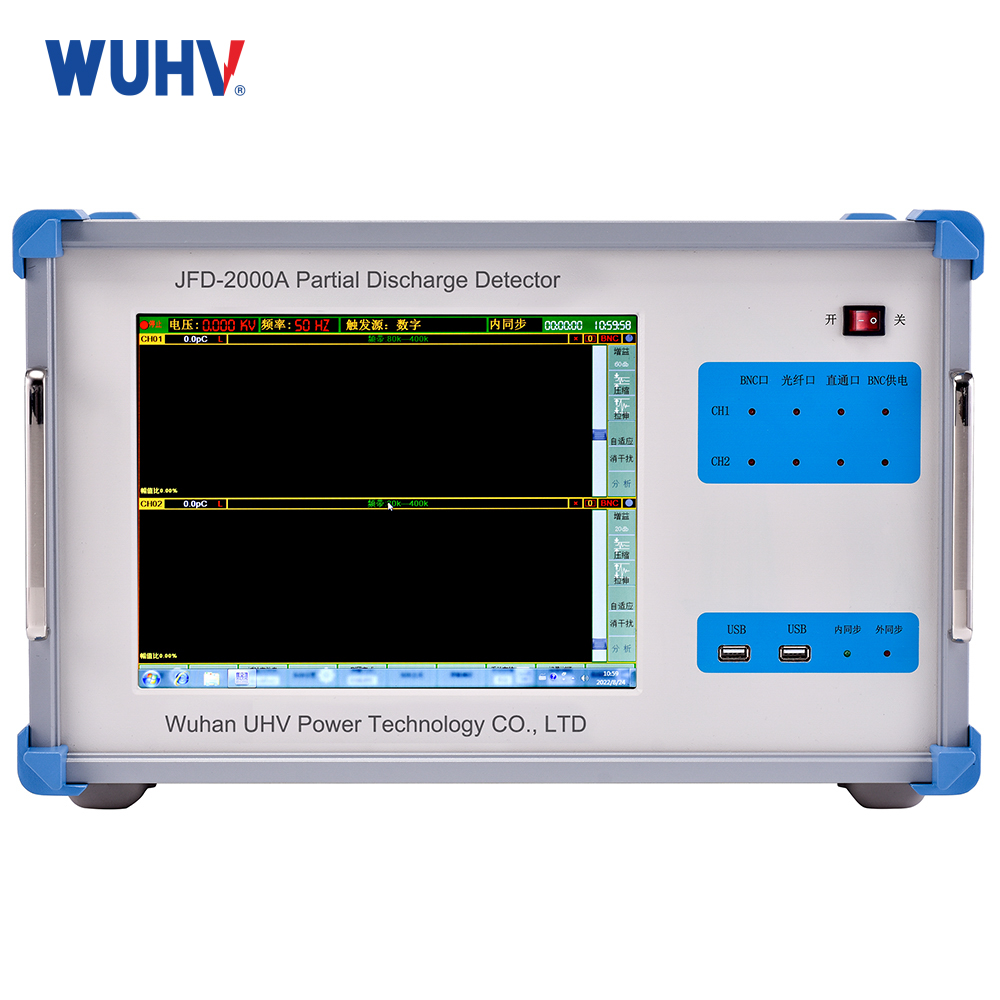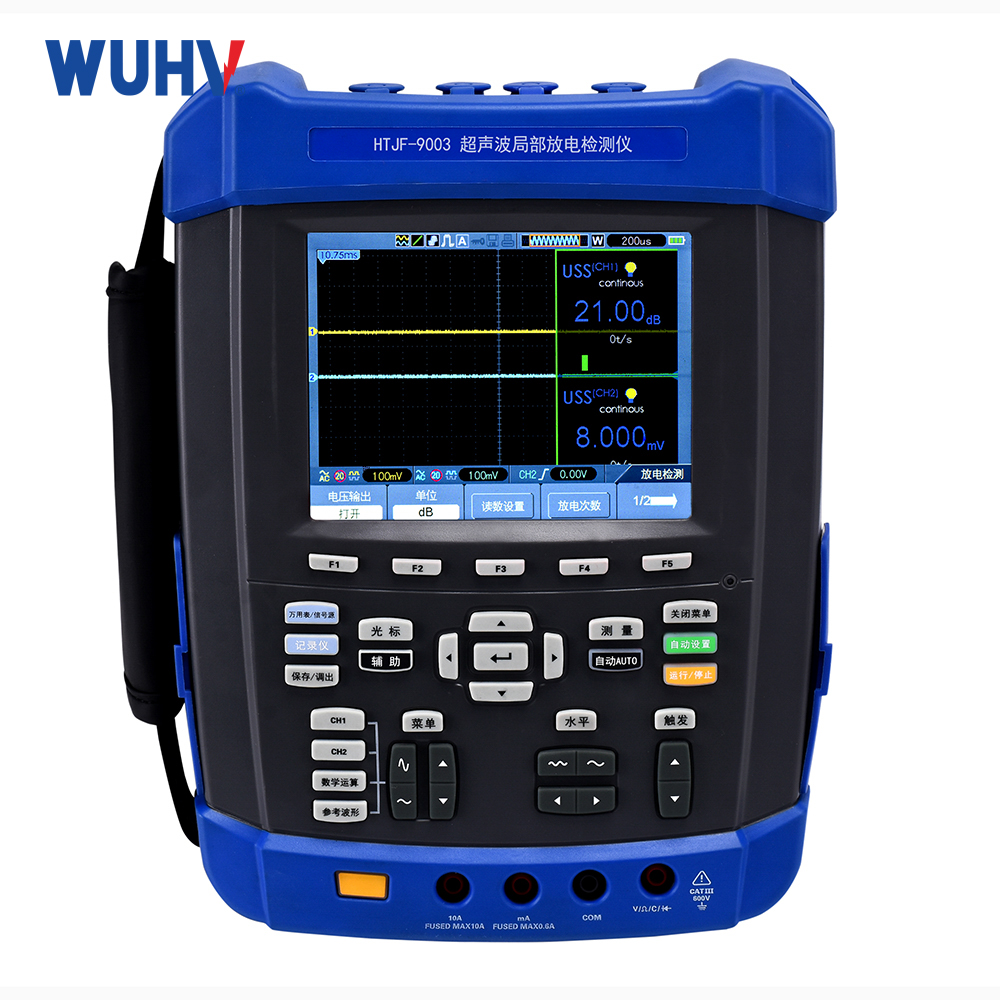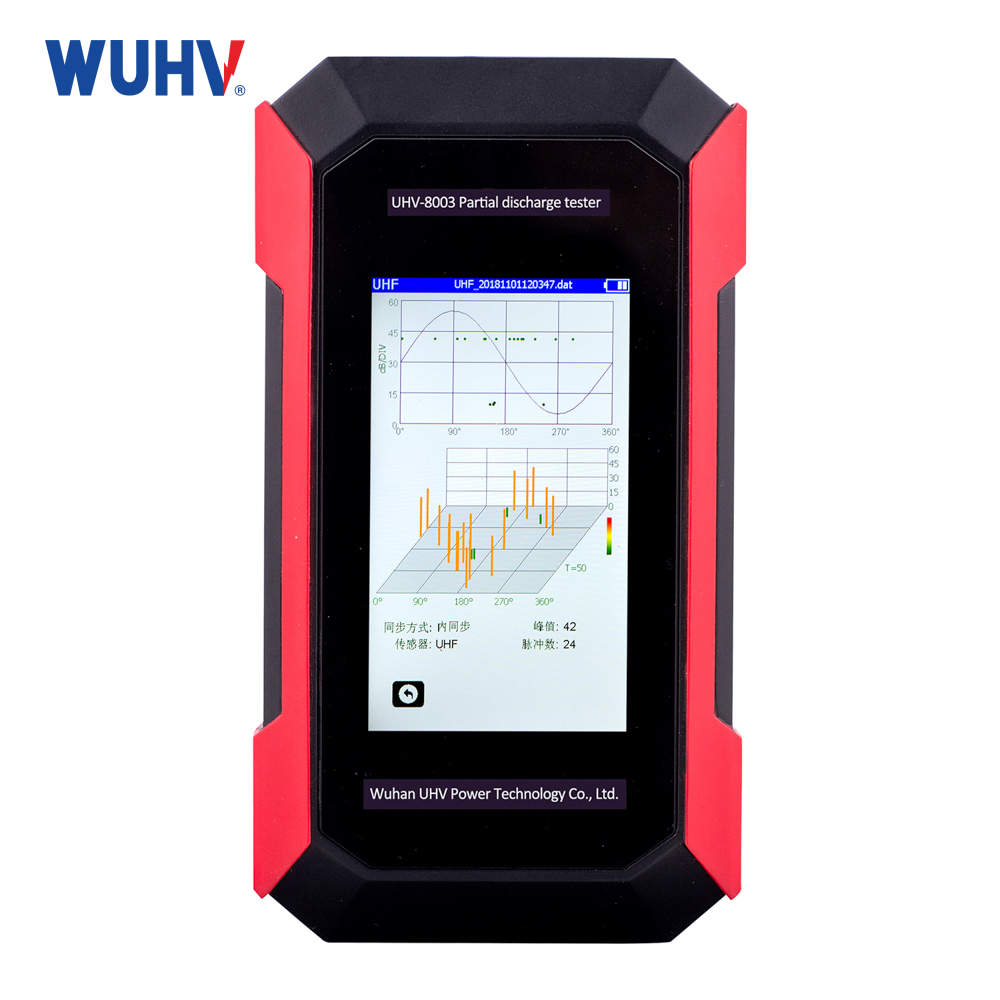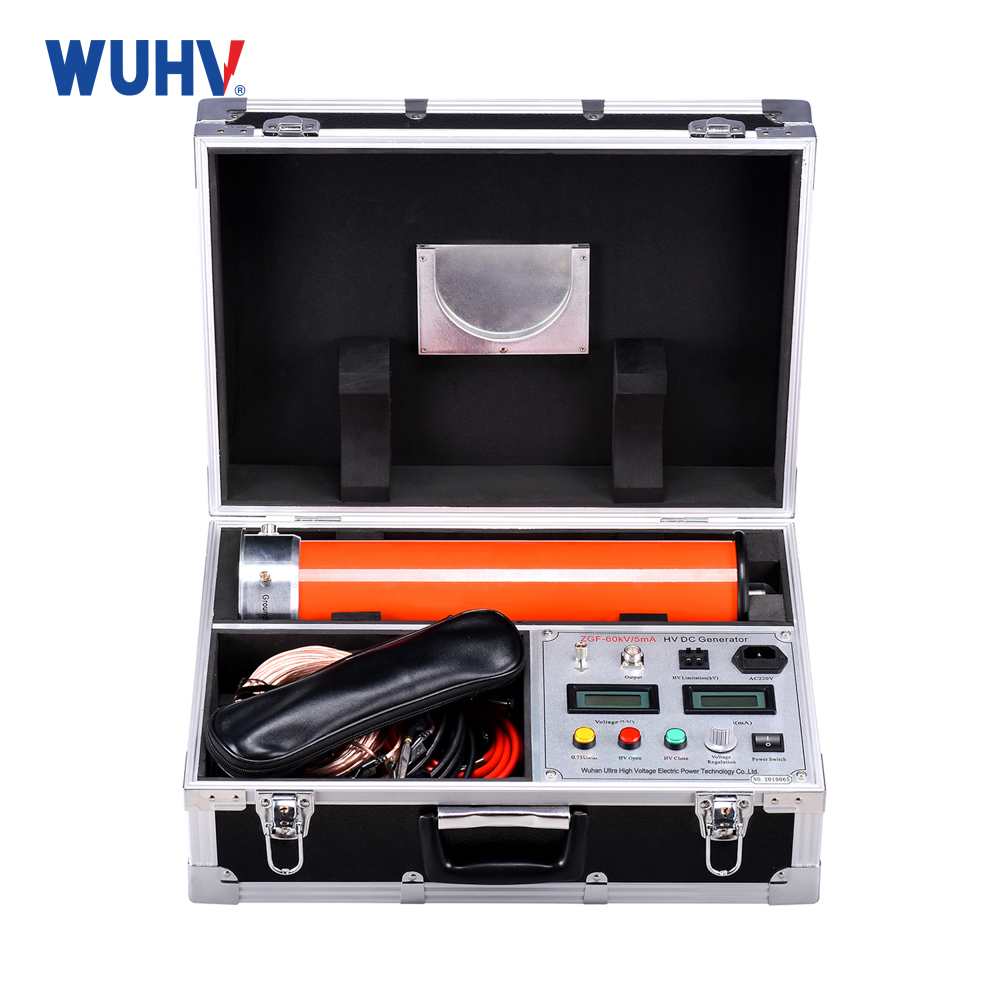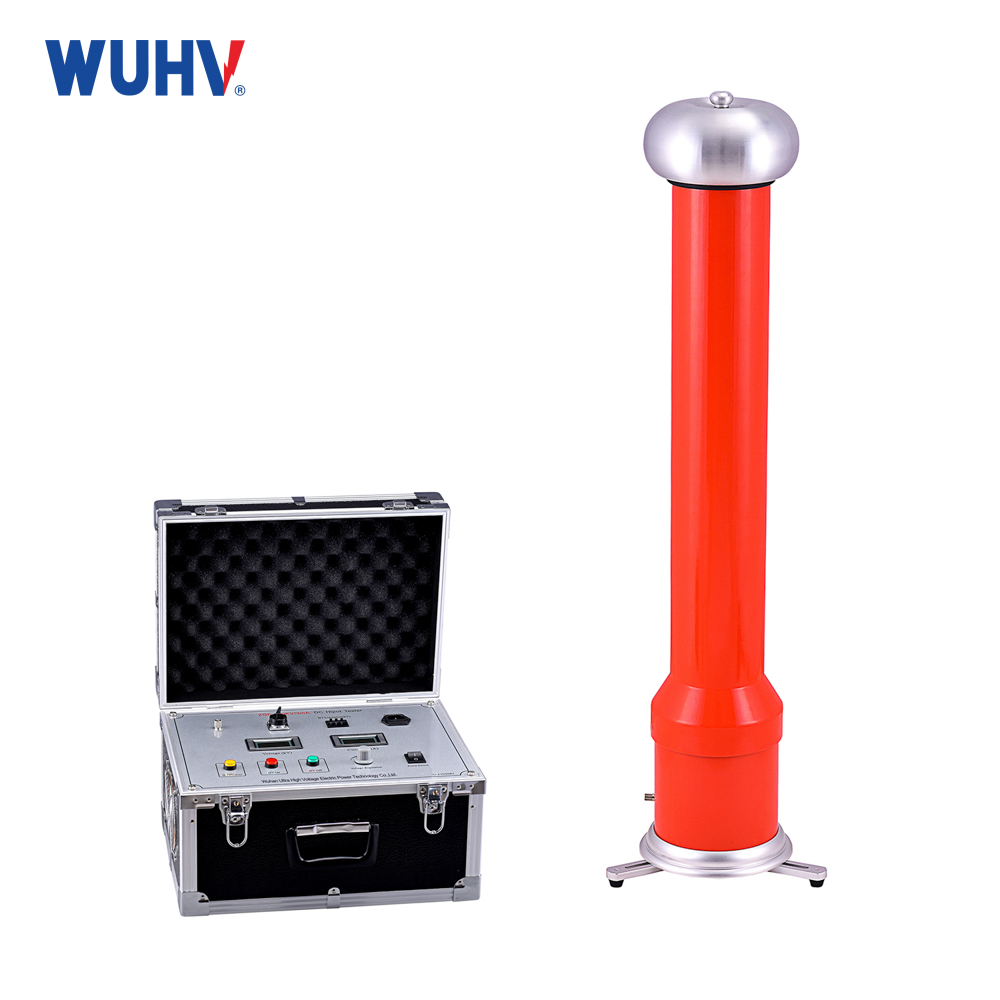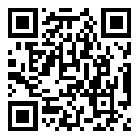Using a motor test bench is a highly cautious and professional task that involves three core aspects: personal safety, equipment protection, and data accuracy. The following are key points that require special attention.
1、 Safety First: Core Security Standards
1. Electrical safety:
Grounding protection: Ensure that all equipment on the test bench (power supply, dynamometer, frequency converter, electrical parameter meter, etc.) have good and reliable grounding wires. This is the lifeline to prevent electric shock accidents.
Insulation inspection: Before connecting the tested motor, check the insulation resistance of its winding to the casing (using a megohmmeter) to ensure good insulation and prevent leakage or short circuit.
Anti electric shock: All high-voltage wiring and exposed terminals must be covered with insulation shields. When wiring, disconnecting or changing the circuit, the power must be completely cut off and a "Do not close" warning sign must be hung. Operate after discharging the capacitor.
Professional operation: Non professionals are strictly prohibited from operating high-voltage and high current equipment.
2. Mechanical safety:
Reliable fixation: The tested motor and dynamometer (load equipment) must be firmly installed on a rigid base or platform through a coupling, and aligned properly. Prevent loosening, detachment, or flying out during high-speed rotation, which may cause fatal injuries.
Rotating component protection: All rotating components (such as couplings, shaft extensions, belts, fans) must be securely fitted with protective covers and ensured to be closed before operation.
Stay away from rotating areas: During operation, personnel's bodies, clothing, hair, tools, etc. must be kept away from rotating parts. It is strictly prohibited to operate rotating equipment while wearing gloves.
3. Environment and fire safety:
Firefighting facilities: The test area should be equipped with fire extinguishers suitable for electrical fires (such as CO ₂ fire extinguishers).
Neat site: Keep the testing area clean and free of flammable and explosive materials (such as gasoline, alcohol, paper, and miscellaneous items).
Ventilation and heat dissipation: During high-power testing, the motor and load equipment will generate a large amount of heat, ensuring good ventilation in the environment. If necessary, forced air cooling should be used.
2、 Preparation before operation: sufficient inspection and planning
1. Clarify the purpose and plan of the experiment:
Clearly define what needs to be tested in this experiment (such as efficiency MAP, torque speed characteristics, temperature rise, stall characteristics, etc.).
Develop detailed steps, record forms, and safety plans based on the experimental objectives.
2. Equipment inspection and selection:
Range matching: Check whether the range and accuracy of all measuring equipment (sensors, power analyzers, oscilloscopes) meet the testing requirements. Avoid damage caused by measuring large signals with small range devices.
Sensor calibration: Key sensors (such as torque and speed sensors, current and voltage probes) need to be regularly calibrated to ensure accurate data.
Circuit inspection: Carefully check all electrical and signal wires for correctness, firmness, and no risk of exposure or short circuit.
3. System setup and calibration:
Calibration: This is an extremely crucial step. Accurately calibrate the coaxiality between the motor shaft and the load equipment shaft using tools such as laser alignment instruments. Misalignment can introduce additional torque ripple and noise, damage sensors and bearings, and result in severe distortion of test data.
Sensor installation: Install the torque and speed sensor correctly to ensure that it is not affected by non torque directional forces (using universal joint couplings or floating couplings can help compensate for small alignment errors).
Zero adjustment under no-load: Before formal testing, let the system run under no-load for a period of time at rated speed, and perform a "zero adjustment" operation on the torque sensor to eliminate errors caused by mechanical losses and friction.
3、 Monitoring during operation: gradual and rigorous monitoring
1. Gradual loading: Do not suddenly apply maximum load. Starting from a small load, gradually and steadily increase the load and speed, and observe the system's response.
2. Real time monitoring of key parameters:
Electrical parameters: input voltage, current, power, frequency.
Mechanical parameters: output torque, speed, power.
State parameters: motor and bearing temperature, vibration, noise.
Once any parameter abnormalities are detected (such as a sharp increase in current, severe torque fluctuations, temperature spikes, abnormal noise, smoke, etc.), immediately stop the machine urgently.
3. Pay attention to testing limits: When conducting limit tests such as stalling and overload, the testing time should be strictly controlled to prevent permanent damage to the motor due to overheating.


